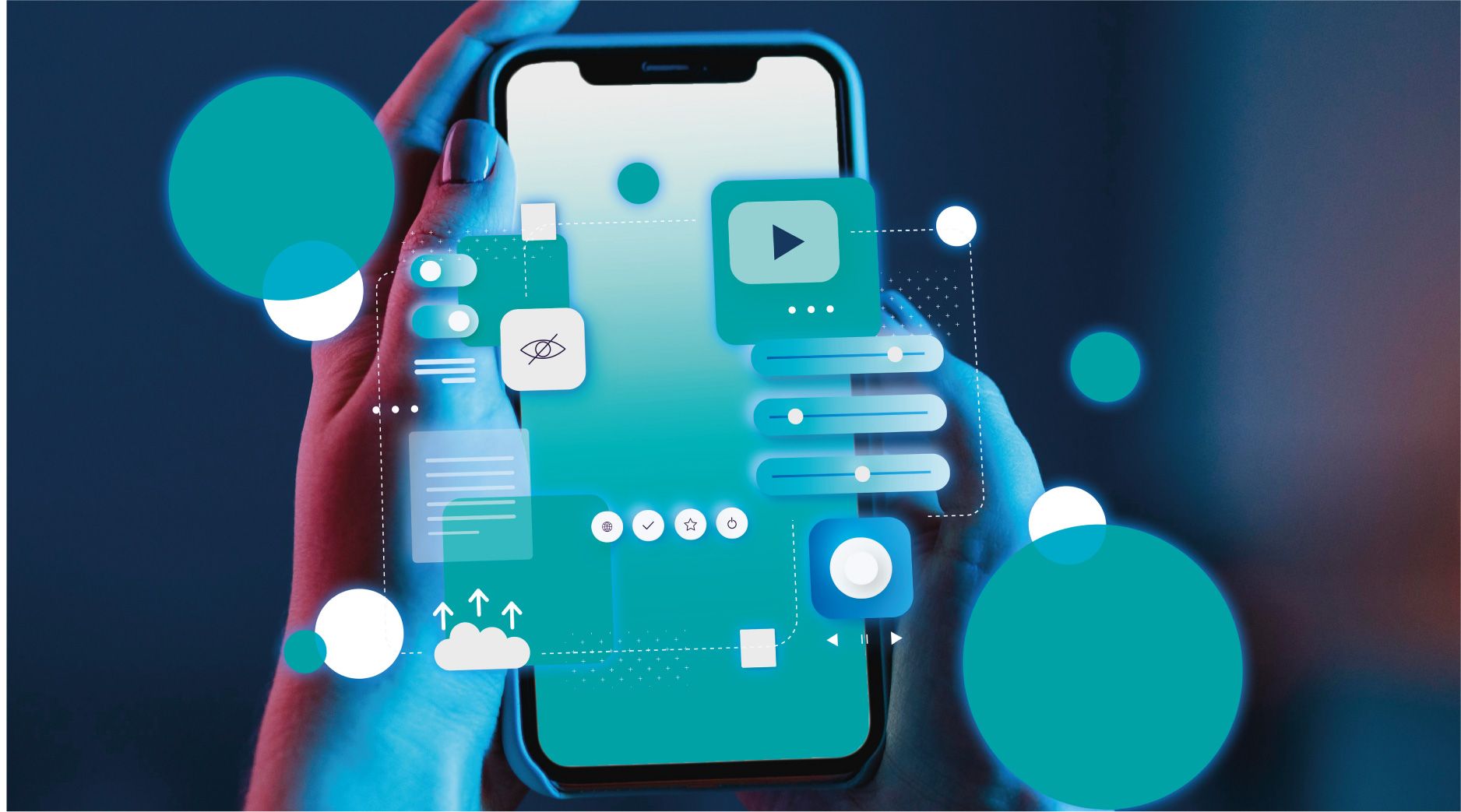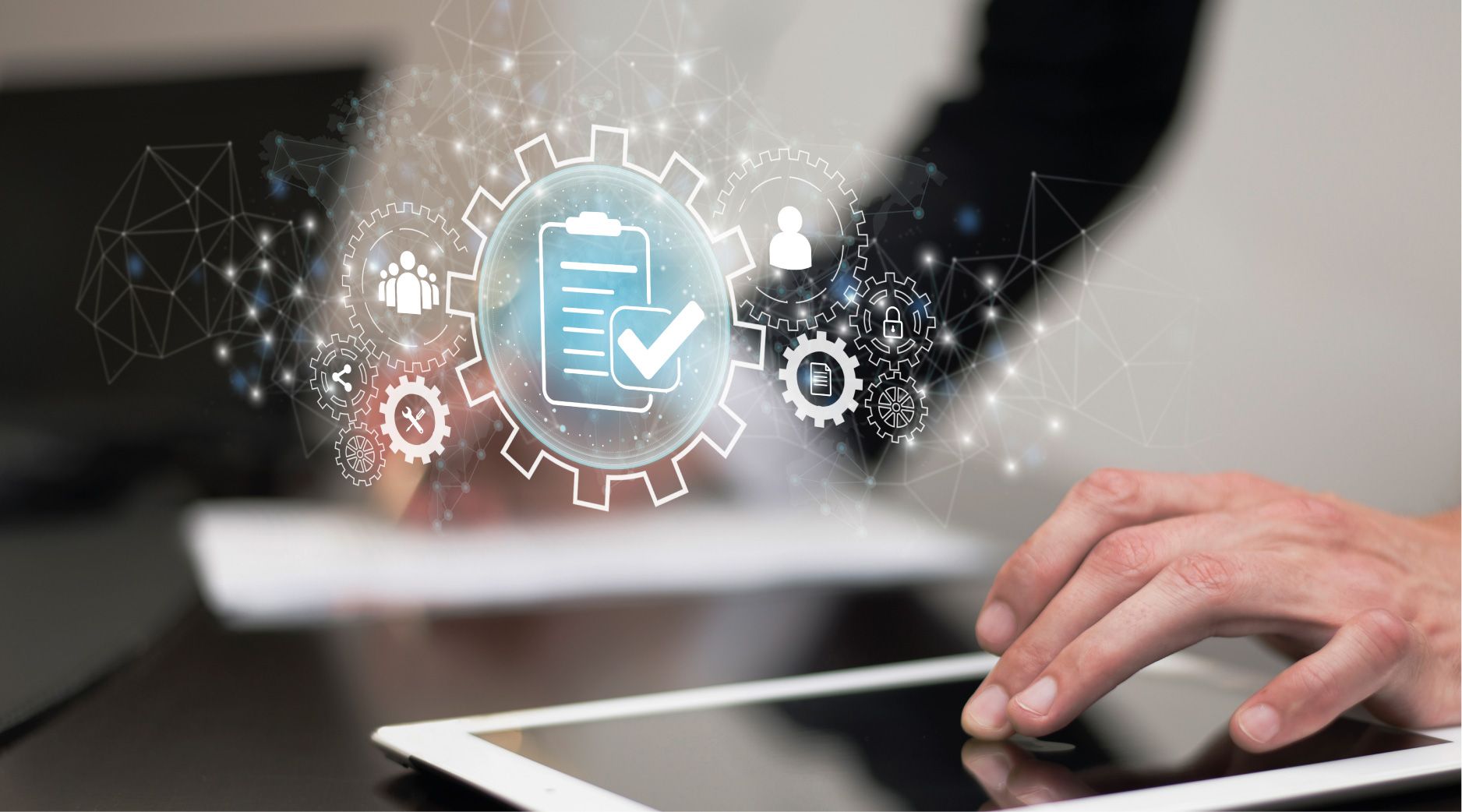

Data Analytics: Connecting Brands and Consumers


Dennis Valverde
CCO
Data science is a big buzzword these days, but what does it really mean? A pretty simple and straightforward definition is this: Data science is a field of study that includes mathematics and statistics, scientific methods, programming skills, and data analysis to extract meaningful insights from data.
At a summit in 2017, Mark Cuban, the entrepreneur, investor, and owner of the Dallas Mavericks, discussed trends in technology and made the now-famous statement, “Data is the new gold. It’s the new oil. It’s the new plastics.”
Why would Cuban make such a strong statement? Because data can give businesses information about their clients’ behavior that will allow them to anticipate, predict, and ultimately exceed customer needs and wants to provide better customer service and more personalized experiences that will keep clients coming back over and over.
But before jumping into data collection and analysis, it’s important to understand a bit more about the process— and what your business wants to get from data.
What Do You Want to Know?
Before a business begins collecting data, it should ask itself, what business problem needs to be solved? What do I want to learn? The first principle of data science is to understand where your organization wants to go; and how data will help it get there.
Once a business understands what it wants to get from its data, it should begin looking at what type of data it has already, because chances are, if a business exists it has been collecting some data. Maybe a business has been collecting client email addresses and sending out surveys; or perhaps the data collection includes analytics from Google and showing clients geolocations, how long they visit the website for, which pages and products are the most popular, and so on. From the information already available, you can see what is missing and where you’ll need to enhance your data collection.
Maybe you want to be able to personalize your website for repeat visitors for a better conversion rate, or perhaps you want to use predictive analysis to increase revenues. The two are different objectives and the data sets required to achieve these goals very well may be different.
AI and Data
Artificial Intelligence (AI) is a reliable means for processing data to help businesses gain insights that can take a company to the next level. AI can process large volumes of data using machine learning (ML) models that can quickly learn patterns and mathematics that are helpful for sorting and analyzing data. Because there is so much raw data and information available, machines are necessary to help sort the data so that relevant data rises to the top and is what will be examined further in-depth later.
Inspection
Once relevant data has been collected, it’s time to inspect it and analyze it. A business must be prepared to invest in the appropriate analytical software tools and experts to organize the right data from sources. This is a multiple-step process that requires staff with the technical know-how to retract the correct data sets from analytics.
Data Cleansing
Part of the data collection process is data cleansing. Data cleaning is the process of identifying and adjusting inaccurate records from a dataset. Ideally, data cleaning techniques are performed at the data source level through batch processing and again at multiple stages in the process.
Data Normalization
Data normalization is the process of efficiently organizing data in a database. The two main goals of normalization are to sort out repetitive or redundant data and to ensure that the data dependencies are logical.
Data Transformation
Data standardization is the process of putting data into a common format that allows for collaborative research, and analytics to occur. This is where the data starts to become highly valuable to an organization as it is now ready for analysis.
Enriched Data
Enriched data sets have implemented the above practices of data cleansing, normalization, and standardization and are deemed accurate and accessible. For AI to generate valuable insights, data that is about to be analyzed should be enriched.
Getting data to the enriched phase takes time and a sizable investment to organize the data for analysis. Too often, companies are overzealous about the benefits and promises of AI-provided insights and don’t do proper diligence with their data, sacrificing the entire project.
Once the data is in its final format, the real analysis begins and from here, the insights follow. This is the time to find the answers to the questions that your businesses asked at the beginning of the process.
Consumer Insights
Consumer insights gleaned from data should be incorporated into the decision making process for a company at all levels, from what products to develop to how to market those products. Procter & Gamble’s CIO Filippo Passerini, when speaking about data analysis commented, “It is very possible to detect those key indicators early on, or roll out a
predictive model that will allow us to be more accurate in the way we go to market with a new product,” he says. P&G is banking on key indicators for increased accuracy to better serve customers and drive conversions going into the future.
In another example, the global brand CocaCola is using data to create content and connect with users in more personalized ways. In an interview with ADMA, Justin De Graaf, Director of Data Strategy and Precision Marketing at The Coca-Cola Company, said, “ Data is also helping us create more relevant content for different audiences. We want to focus on
creating advertising content that speaks differently to different audiences.
Some people love music. Other people watch every sport no matter what time of year. Our brands are already visible in those spaces, and we’re working hard to use data to bring branded content that aligns with people’s passions.”
Final Thoughts
Data can be an incredibly valuable resource toward achieving business goals, connecting with consumers and predicting behavior. The future success of a company may depend on how well it can analyze its data and extract meaningful knowledge. But before data can become “gold” a business must know what it wants to learn from the data and how it wants to use the information for growth and betterment.
Golabs and Your Data
We’re here to help you discover new and valuable information in your data to advance corporate, business and functional strategies and decision-making. We can help your business to:
-
● Customize your user experience with data to connect with and expand your audience.
-
● Automate customizable experiences through AI and Machine Learning technologies.
-
● Offer recommendation systems, provide forecasting, predictive analysis and data classification through user segmentation.
Let's meet and talk
We're here to help you accomplish your projects. Ask us anything, or schedule a call.
Let's meet and talk
We're here to help you accomplish your projects. Ask us anything, or schedule a call.
See_


Dennis Valverde
CEO


Dennis Valverde
CEO


Dennis Valverde
CEO